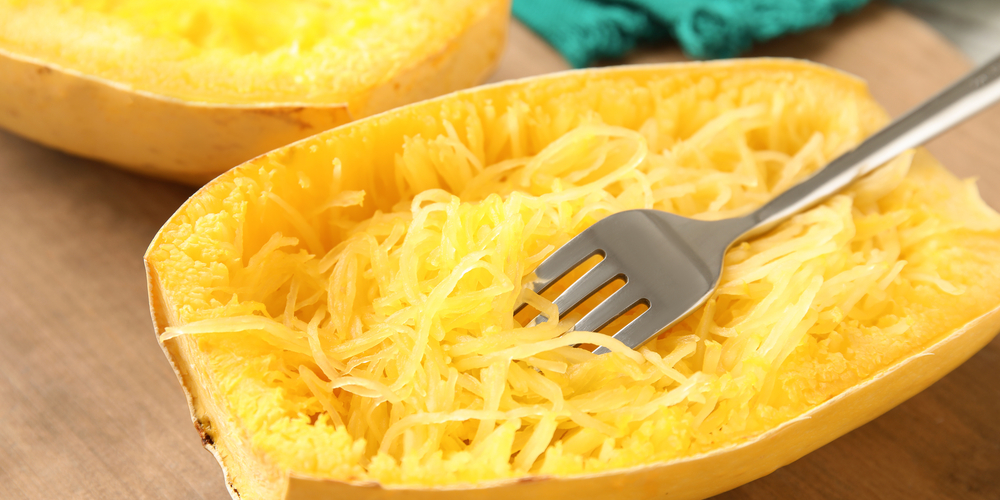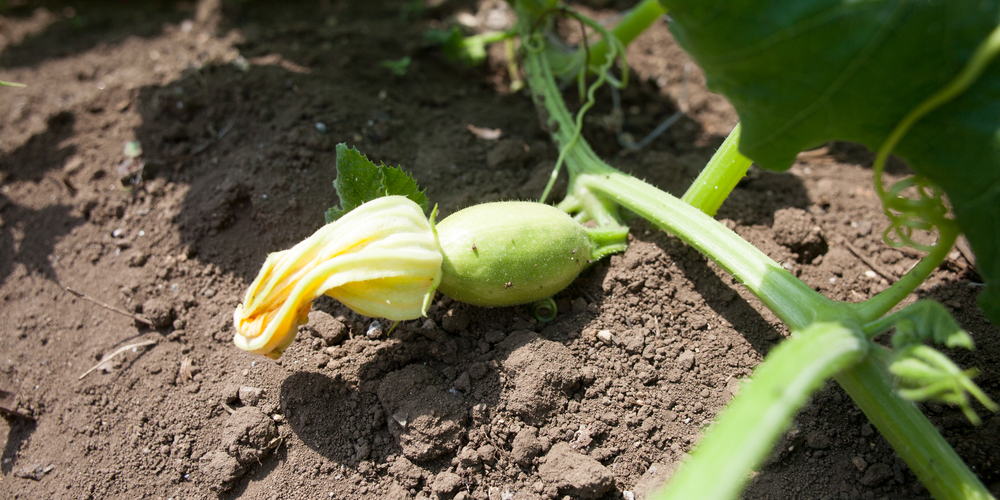Have you ever thought about planting spaghetti squash in your vegetable garden? Well, you should! Named after the pasta we all love, this variety of squash is a fun addition to any yard. It will bring variety to your garden and provide an appealing ingredient to spice up your meals. Part of the family of the Cucurbitaceae, this plant needs plenty of sun, moisture, and nutrients to thrive. With proper care (and weather conditions), you shouldn’t have any issues growing it.
As with most squash, you must pay attention to pests: as much as we love these plants, insects also want their share. Consider planting them next to suitable companion plants to minimize the risk of beetles, bugs, aphids, or mites ruining your crops. While the practice is not rocket science, you must always ensure to add plants together that won’t compete for nutrients: marigolds, nasturtiums, and more herbs will help you keep pests at bay without halting your squash plants’ growth.
For a gardener, there is no better feeling than seeing his efforts come to life in the form of delicious vegetables and fruits. But how many spaghetti squash per plant can you expect to get with this plant? Read on to find out!
How Many Spaghetti Squash Per Plant?
Spaghetti squash is a winter variety that makes for the ideal substitute for pasta or other carbohydrates for people trying to eat healthier or adding more vegetables to their diet. The name comes from the fact that, when you pull apart with a fork the interior of cooked spaghetti squash, it resembles noodles.
And you know what the best part is? Growing this vegetable in your garden doesn’t require much from your side. But how many squash can you expect to get per plant? Well, the truth is that it depends on where you live and how well you take care of your squashes.
You can expect one plant to produce between three and five spaghetti squash. Some gardeners will recommend you never harvest more than five to allow the plant to focus its energy to mature the squashes it already has.
However, if you prefer getting smaller but more voluminous squashes, you can allow your plant to produce more. But keep in mind that flavor and size might not be as appealing. Your spaghetti squash should be about eight to nine inches at maturity. But what can you do to increase your chances of success at growing spaghetti squash? Keep reading to find out!
Spaghetti Squash Care: Our Tips
Depending on which USDA hardiness zone you live in, you might have to plant your squash at different times of the year. Northern regions have shorter growing seasons and might require you to start your squash seeds indoors. On the contrary, if you live in a hot state, you will have the best results in planting your seeds directly outdoors.
Don’t forget to adequately space your plants to give them all the space they need for growing. Because the vines of these plants might grow large, consider getting trellises or other kinds of support structures to allow your squash plants to grow vertically. Grid panels also work very well.
Don’t forget to water and feed your plant to boost your harvests: spaghetti squash plants are hungry and need plenty of nutrition to grow. Apply a liquid or granular slow-releasing fertilizer to enhance your plant’s productivity. Choose products with higher phosphorous content to encourage fruit production. Too much nitrogen might cause your plants to grow lush, but you’ll see fewer squashes!
To further increase production, consider adding flowering plants around your spaghetti squash. Blooms attract pollinators, which, in turn, will help your squash reproduce (and give your fruits).
It will take between 90 to 110 for spaghetti squash to reach maturity and be ready for you to harvest them. If you live in a cold region, you must take all your crops before frost.
How Many Spaghetti Squash Per Plant: Final thoughts
Your spaghetti squash will be ready when the skin looks deep yellow and feels hard. You shouldn’t be able to puncture it with your fingernail. Look at the vines too. If they look dead, it is time to harvest your squash. Do so using sharp and sterile shears and cut the stem three inches from the squash. Use gloves to prevent you from hurting yourself with the prickly vines.

